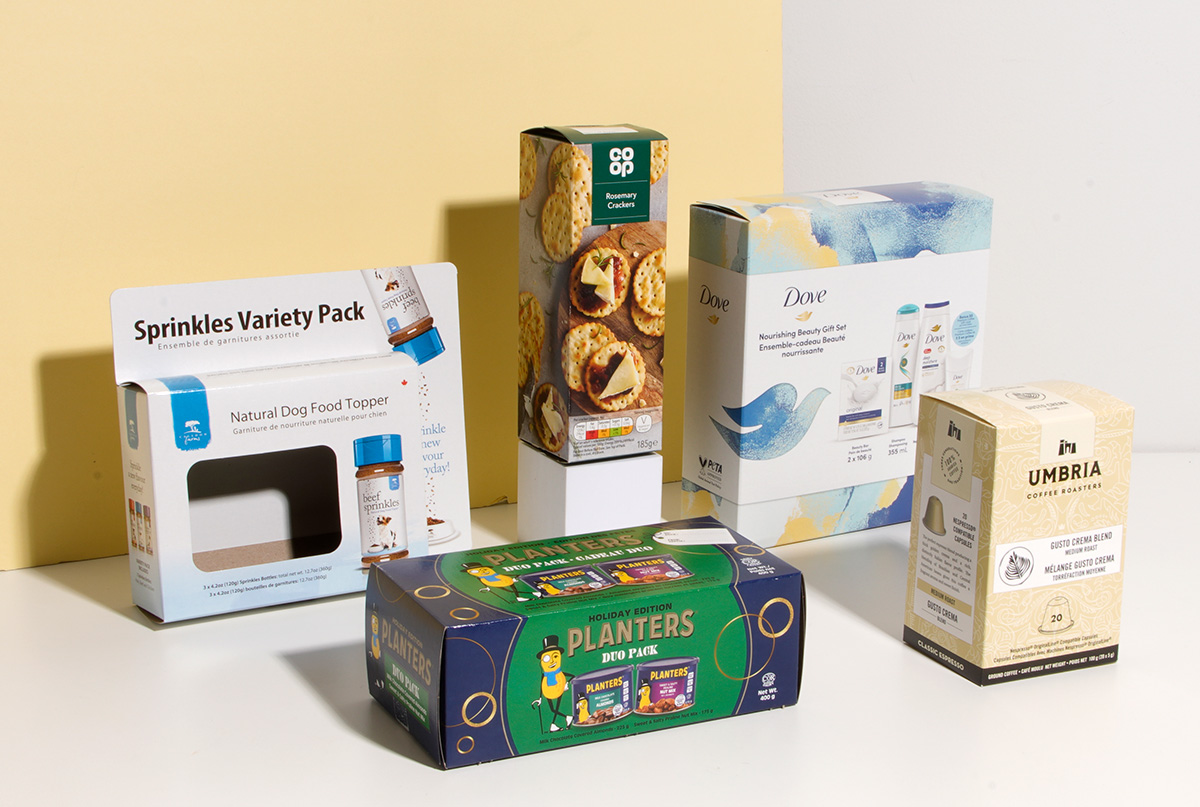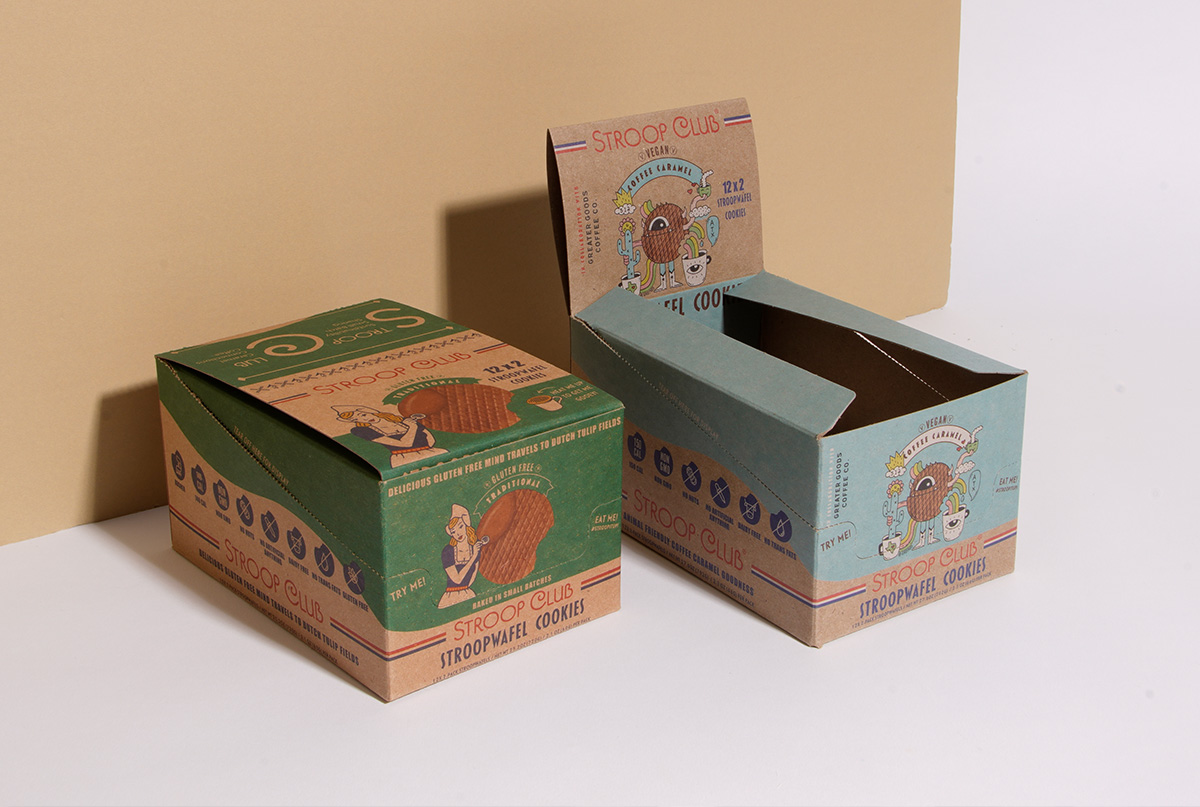PFAS, or “forever chemicals,” have been in the news for a while. They will be phased out of food packaging by the end of 2025. Bans in New York and California will be in place as of 2023.
But what about pet food? A recent study shows that PFAS appear in pet food packaging, so we can expect a similar push to phase them out as we are seeing with human food.
To prepare yourself for the change, pet food brands should know a few things about PFAS in their packaging. Many of these lessons come directly from the process of transitioning them out of human-grade food packaging.
A Refresher on What PFAS Are
As a refresher, PFAS stands for per- and polyfluoroalkyl substances. These are fluorochemicals traditionally found in various products, including food packaging. They are used to provide resistance against stains, grease, and moisture.
The FDA still classifies 15 short-chain PFAS as safe in food-contact applications. But newer research shows that even those PFAS are likely to pose a health threat. This has led to PFAS being phased out of food packaging. North America began the trend, with Europe following, and more countries are continuing.

Pet Food Brands Can Use Food Brands as a Lesson
The good news for pet food brands is that human food companies have already started the transition to remove PFAS. As such, you can learn some important lessons from that process to make it go more smoothly for you.
Currently, there is no requirement to remove PFAS from pet food packaging. That being said, experts expect such a requirement to arrive in the near future. When changes are announced, they will come with enough time for you to update your packaging, but you can get ahead of the game by being proactive.
Why Bother?
If you start taking steps to recognize and remove PFAS from your packaging now, you will have more time to do it. This will let you plan and budget, likely saving money in the long run. It will also eliminate the stress of having to make dramatic changes quickly.
Figure Out What You Really Need
To start, look at the PFAS in your packaging and consider if they are really necessary. Why does your packaging have PFAS? Could you find a supplier that achieves similar results with a different compound?
Consider Using Up What You Have
If you have a backlog of packaging materials containing PFAS, start using them up. Keep a potential future ban on PFAS when ordering new packaging. If necessary, order a short run instead of making a larger order.
Expect Potential Pricing Changes
Keep in mind that as transitions to non-PFAS packaging occur, packaging suppliers may need to charge more. Some will have to overhaul their production lines, while others will just have to pay for alternatives to PFAS, which can drive up costs.
Know What to Expect from Laws and Regulations
It’s crucial to keep in mind that some states and cities gave shorter deadlines than the 2025 date. So, you should be prepared to move quickly and pay attention to whatever area gives the tightest deadline. After all, you won’t want to use separate packaging without PFAS for just one region or temporarily stop sales in that area.
Conclusion
A recent report showed that pet food packaging contains PFAS. This is likely to lead to an eventual ban on them in pet food. While nothing has been announced yet, you can start considering your options and learn some lessons from the phase-out of PFAS in food packaging.




